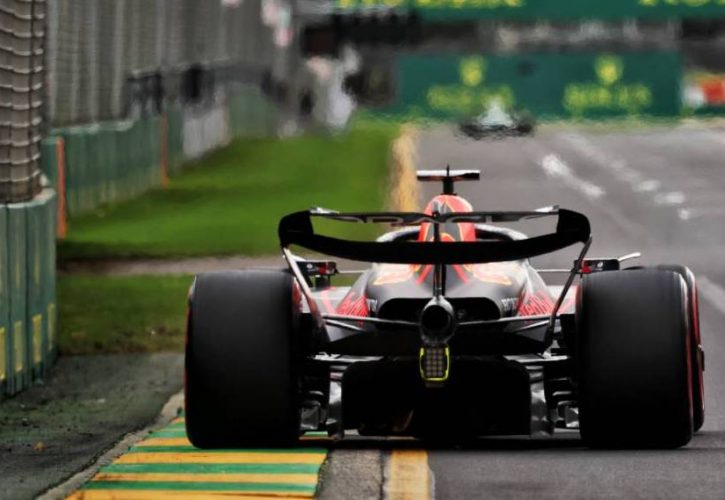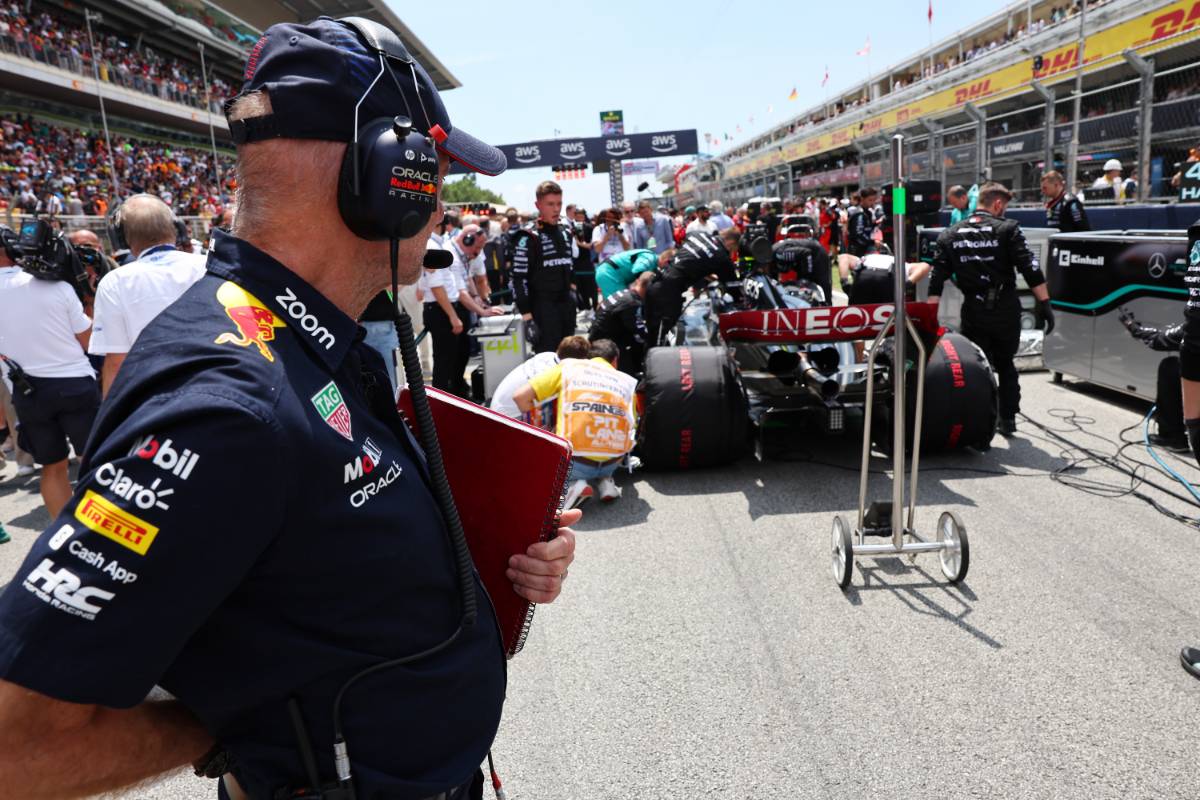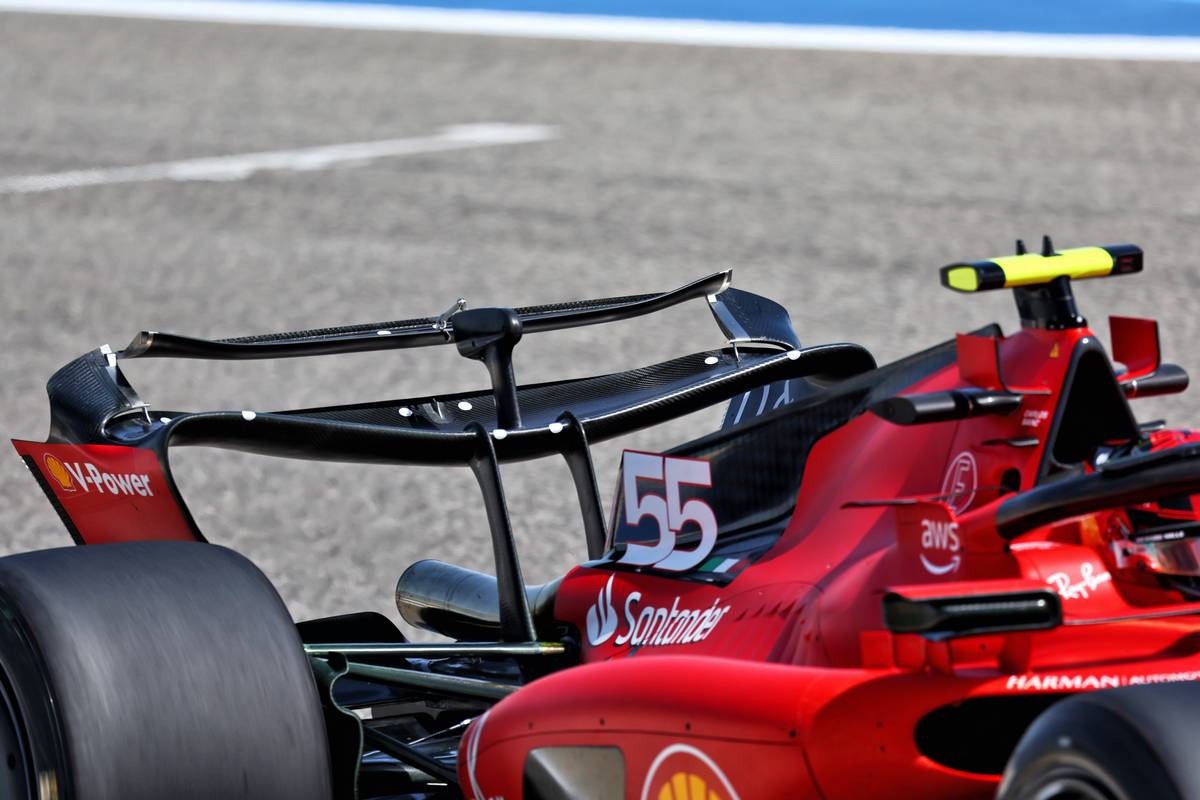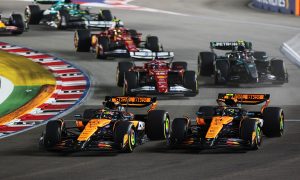
Red Bull designer Adrian Newey says he wouldn’t be concerned by the introduction of active aerodynamics in Formula 1 in 2026 given the technology’s increased presence on road cars.
Formula 1’s stakeholders have defined the characteristics of the sport’s next generation power unit which will see a boost in electrification. But chassis regulations are still in the process of being finalized.
It is known however that F1 is considering implementing active aerodynamics beyond DRS (Drag Reduction System) as a tool to compensate for the expected energy recovery deficit of its simplified future power unit and to therefore help overtaking.
While DRS is an on-off system, F1’s active aero could exploit a continuously adjustable process, one possibly automatically managed via a car’s ECU (Electronic Control Unit).
“It doesn’t concern me,” Newey told Motorsport.com when queried on the idea of expanding the use of active aerodynamics.
“The more active aero is really to try to make up for a power unit that’s lacking in energy.
“The active aero becomes essential to make up for the power unit that’s lacking in energy. But I don’t think that’s a bad thing at all.
“Trying to drive for greater aerodynamic efficiency of the vehicle is clearly a good goal. And why should active aero not be part of that?”

Newey argued that by introducing active aero, Formula 1 would be fulfilling its long-standing role as a proving ground for the road car industry.
“After all, it’s become a part of it in road cars,” he added.
“There’s a huge amount of cars you see with spoilers lopping up and down on the boot lid and so forth. So, why not have that in racing?
“Active aero only got a bad name when wings were falling off back in the ’60s. We’re well beyond that now.
“F1 typically has been a good way to popularise things on road cars.
"If you look way back, things like disc brakes [that has been the case]. But then [also] slightly more recently carbon fibre sportscars – fake or real carbon fibre trim etc...
“All those things that a buyer in the high street wants an association and manufacturers of course provide that association.
“So, active aero has to be the future of road cars, so I think it’s appropriate that Formula 1 should be showing, displaying the power of it.”

As F1 debates the merits of active aero, there are some challenges to be overcome. One concern is that it could make the cars too complex and expensive.
Another concern is that it could make it more difficult for teams to follow each other closely, which could lead to a decrease in overtaking opportunities.
But If done correctly, active aero could help to improve the sport's racing spectacle.
Keep up to date with all the F1 news via Facebook and Twitter







